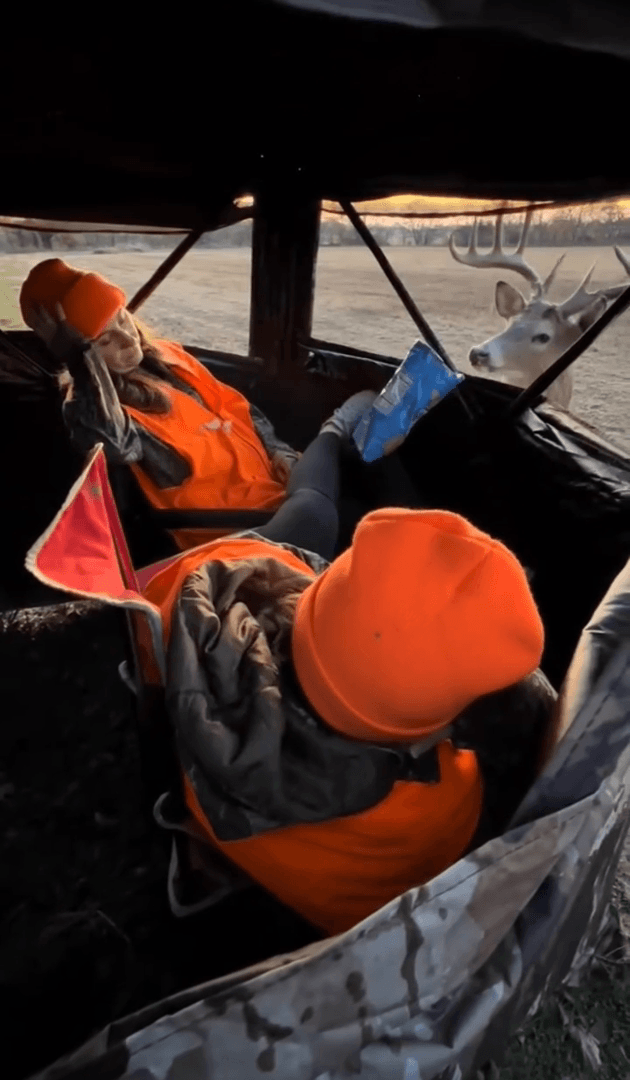
Hunting in Northumberland, England: hunters and demographics of the region, types of hunting and hunting animals, hunting legislation Geographical and natural features of the region Northumberland is a region with a diverse landscape that includes hills, valleys, forests, and the coast. Northumberland National Park, which occupies a significant part of the territory, is home to many wild animals and birds. Here you can find extensive moorlands, which are ideal for hunting grouse and grouse. The region's forests are rich in deer, hares and foxes, and the rivers and lakes attract waterfowl hunters. The climate in Northumberland is temperate, with cool summers and mild winters, making hunting comfortable for most of the year. However, the weather can be changeable, especially in hilly areas, so hunters should be prepared for sudden changes. Hunters and demographics of the region Northumberland is a region with a long—standing hunting tradition. It is estimated that there are about 5,0
Post: 8 May 13:22















































